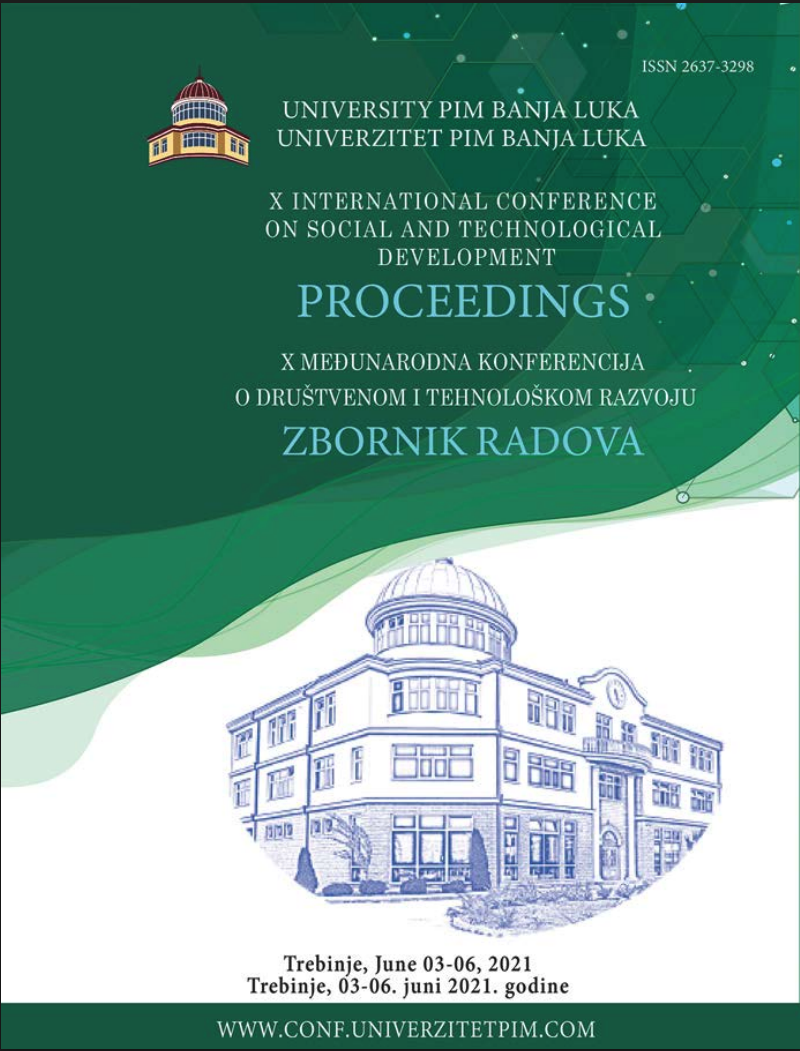
This is an open access article distributed under the Creative Commons Attribution License which permits unrestricted use, distribution, and reproduction in any medium, provided the original work is properly cited.
Technical Faculty, University PIM Banja Luka , Banja Luka , Bosnia and Herzegovina
Technology has become an integral element of the modern world, while life without technology is almost unthinkable. It became a necessity to be part of a network, connected with others (and with devices) and present on the Internet if you want to be up to date with the contemporary cultural, political, economic and sociological events; that is if you want to be a part of the contemporary culture, according to the culturologist David Bell (Bell, 2007). Networking and „connectivity“ today are most commonly achieved through portable/wearable technological devices (phones, tablets and computers) from which users are almost inseparable. They have become an integral part of the body, modern prostheses, as Donna Haraway would say (Haraway, 2008). In any case, the new life circumstances in such culture result in a different attitude of man towards reality, self, body and identity. Therefore, in this article, through the technological environment presented in the described artistic performances and installations that not only follow modern technological trends, but also has become a cultural practice and a way of modern life, we explored the relationship between users and technology through the concept of connecting body and device, that is through Donna Haraway’s concept of cyborg, and we showed that it can be considered as a new paradigm of the context of identity.
The statements, opinions and data contained in the journal are solely those of the individual authors and contributors and not of the publisher and the editor(s). We stay neutral with regard to jurisdictional claims in published maps and institutional affiliations.